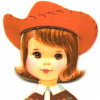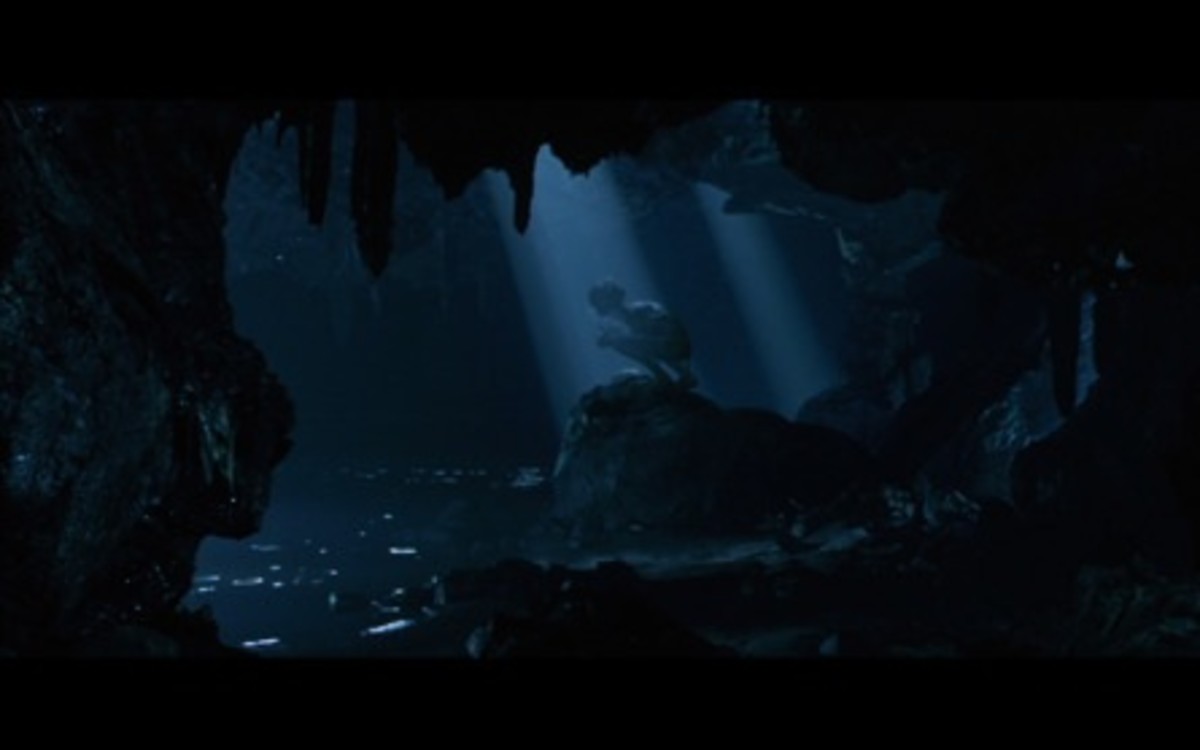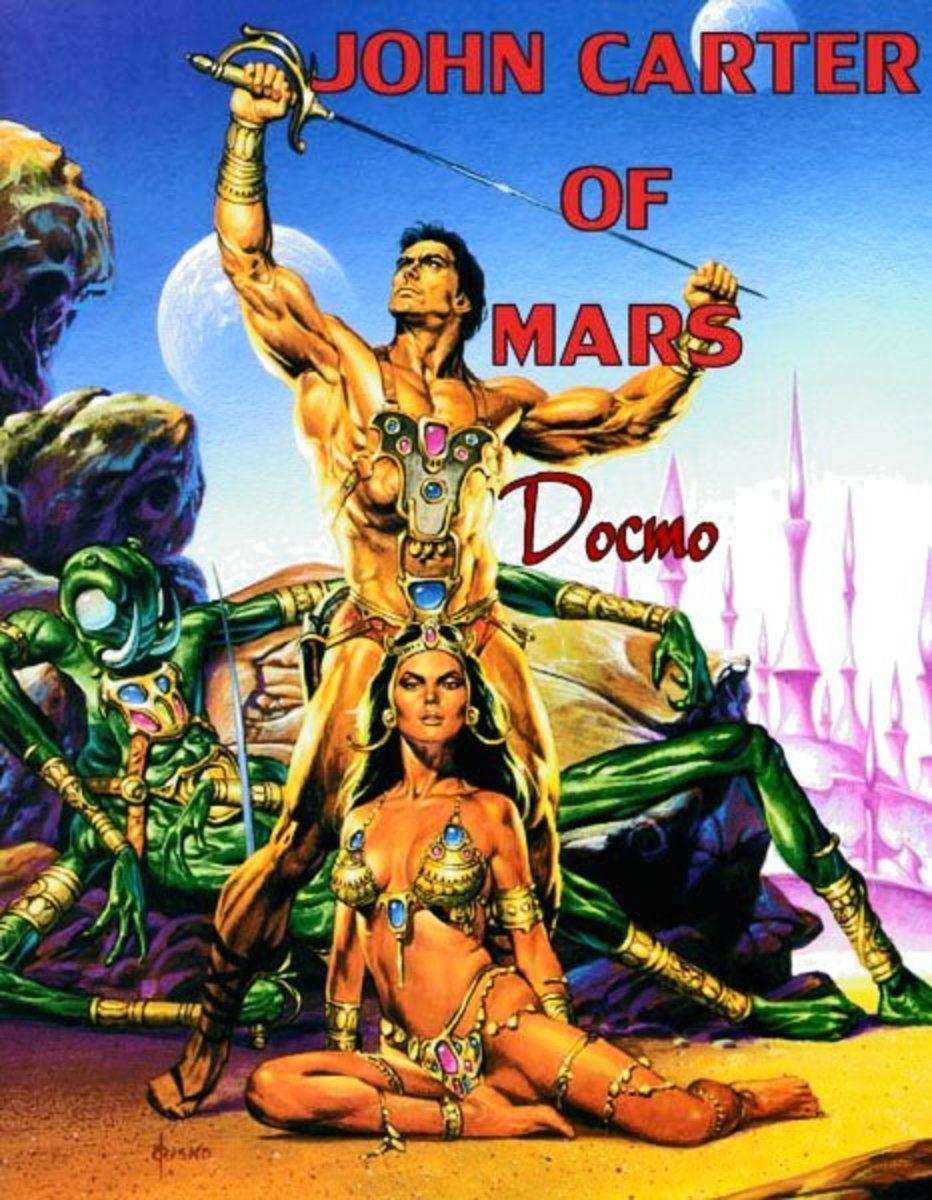Folk of the Fringe by Orson Scott Card Review
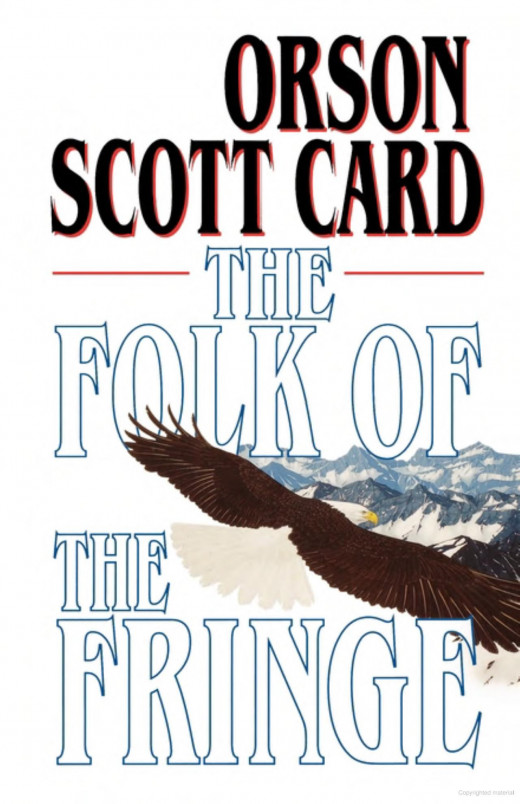
Card Redefines Fringe
Orson Scott Card has published prolifically during his long career as a science fiction writer, and brings his considerable storytelling and imaginative talents to bear in his collection of short stories, Folk of the Fringe. Though Orson Scott Card's greatest claim to fame is probably his award-winning Ender's series, which includes Ender's Game, Speaker for the Dead, and four other titles, this collection of short stories displays Card's unusual and fertile imagination.
Labeled "LDS Science Fiction" by some, this collection of short stories is set in recent post-apocalyptic America where Mormons have somehow survived and thrived during the nuclear disaster while most everyone else is merely trying to find something to eat—and in a Cormac McCarthyistic homage, sometimes something is really someone.
Card draws heavily from the lingo and culture of the LDS church in many of his stories, but still manages to make his stories appeal broadly to all audiences.
Folk of the Fringe is a collection of a few very long short stories and a couple of shorter ones that loosely tie the experiences of a few main characters together, so that the stories read almost like a novel. In his post-apocalyptic world, the Mormons have expanded their dominance of the Inter-mountain West (a region which now includes Idaho, Utah and Arizona) to include parts of the Midwest and Mexico. The society seeks to rescue, reclaim, and renew the desert lands which have been ravished by long rains resulting from nuclear winter. This recaptured farm land, called the Fringe, is fertile and productive, but ecologically fragile. The Fringe as a setting for the stories is a fascinating if perhaps fantastic future view of America, but it serves as an apt metaphor for the characters whose survival is equally fragile.
Card's stories focus on humanity's need to balance individuality with their desire to survive in a community setting. The folk of the fringe, with the emphasis on the folk, instead of the fringe, are what really interested me about this book. Card's characters range from a wandering, self-proclaimed murderer, to a wheelchair-bound sycophant, to a band of travelling actors who are trapped in the roles they play on and off the stage.
If you are a member of the Church of Jesus Christ of Latter-day Saints, you will likely read more to this collection of stories, than someone who isn't privy to the lingo and the culture of Mormonism. As a Latter-day Saint reader, I was fascinated by the ways that Orson Scott Card maneuvered through the familiar LDS culture of wards, Primary teachers, and bishoprics, and the ways that he turned these conventions of Mormonism on their heels while investing the reader in page-turning stories that left you caring about and wanting to know more of the fringe characters.
The first story in the collection, simply titled "West," is an engrossing, novella-length account of a small, scared and motley band of misfits, orphans, and Sunday School teachers who narrowly escape a mass murder meant to exterminate all the remaining Mormons in North Carolina. The story follows their journey through North Carolina with an unlikely guide, who is a self-proclaimed murderer. This story counterbalances human degradation with Card's hope for redemption.
Unlike Cormac McCarthy's The Road, which only hints at redemption, this story provides it in spades. In this first story, Orson Scott Card's Mormons and their unlikely guide are the fringe element, while society (those who would massacre innocents in the name of religion) remain the mainstream. As an aside, I found parts of this story very disturbing, and it may not be appropriate for young children, teenagers, or mothers who are feeling lacking in their parenting skills.
But as the Mormons travel toward their promised land, the fringe folk take on a different character. Now the fringe are misfits in the new society of Deseret created by the patriarchal leadership of the Mormon Church, where there is no separation between church and state.
The folk of the fringe in post-atomic Utah go treasure-diving in a Salt Lake City temple that has been submerged by a rising freshwater sea, and try to maintain their individuality and dignity within communities that maintain a strict moral code that is sometimes full of contradiction.
In Deseret, bishops are mayors and judges. The religious values that helped the characters in the first story to survive and form a tight family unit, when taken to the extreme, become tools of oppression.
"There was still radio for a while. Utah wasn't hit bad."
"Or wiped out by plague." said Pete.
"You hope."
"We know." Pete grinned. We may not look like much to you, but out there Mormons are in charge. I promise you that wherever there's four Mormons, there'll be a government. A president, two counselors, and somebody to bring refreshments."
— Orson Scott Card, "West", The Folk of the Fringe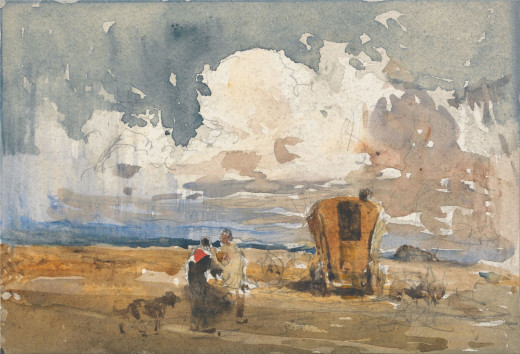
My Favorite Short Story: Pageant Wagon
My favorite story in Folk of the Fringe was Pageant Wagon. This story alternately pokes fun at and celebrates the tradition of Mormon Pageants as a way of telling the history of the Church of Jesus Christ of Latter-day Saints. In a world without television, pageants are now the most widespread form of entertainment for common folk in the state of Deseret.
For those unfamiliar with the LDS Church, theatrical outdoor pageants are a mainstay at Church Historical Sites. Pageants are musical productions that employ a cast of hundreds of actors who tell stories from scripture and church history in a play that includes many music and dance numbers. Think Roger and Hammerstein's State Fair crossed with The Book of Mormon (the actual book, not the broadway play).
I vividly remember traveling by charter bus to attend an outdoor pageant hosted outside in July during my college years on the grounds of the Manti, Utah, temple. Other more well-known pageants include the Hill Cumorah Pageant, which is no longer in production. It seems the LDS Church decided to do away with all but a select few pageants, perhaps due to the hefty production costs. Pageants are still a in production during the summer months in Nauvoo, Illinois, where the church maintains a large campus of historical buildings and offers them as a free attraction for interested visitors.
Orson Scott Card draws heavily from his experiences in theatre to tell this story, about a family of actors who are themselves on the fringe, because their vocations cast a pall on their status in society. Everywhere the actors go, they are treated like gypsies and outcasts, from the moment they pitch their frayed tents until they break camp and move on. Yet the actors in this story are passionate and likeable, and their family squabbles are funny and complicated, and the news they bring to the distant settlements of Deseret are a necessary component of the post-nuclear world.
I Wanted to Read More
I enjoyed the stories so much in Folk of the Fringe that I devoured them all in the space of two short evenings. I confess that the first story in the collection left me a bit traumatized. As anyone who has read some of Card's other fiction can attest, this book is not without its shocking moments.
Card explains in an Afterward that will interest any aspiring fiction writer just how he came to write these stories specifically for a writer's workshop in North Carolina. If Orson Scott Card decides to write another collection of stories as a follow-up to this one, I will probably be one of his first readers. The writing in this collection of short stories is accessible, entertaining, and quite thought-provoking.
Other Books by Orson Scott Card
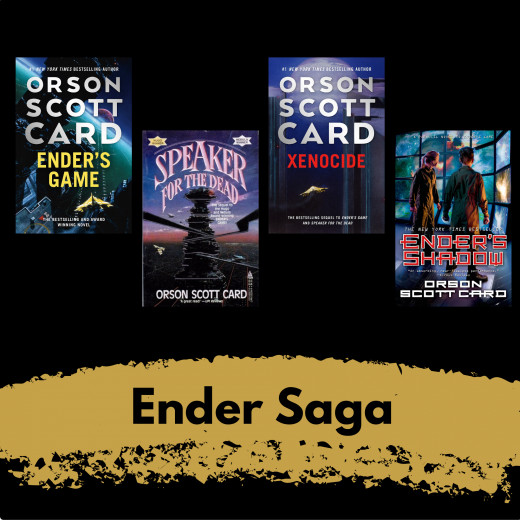
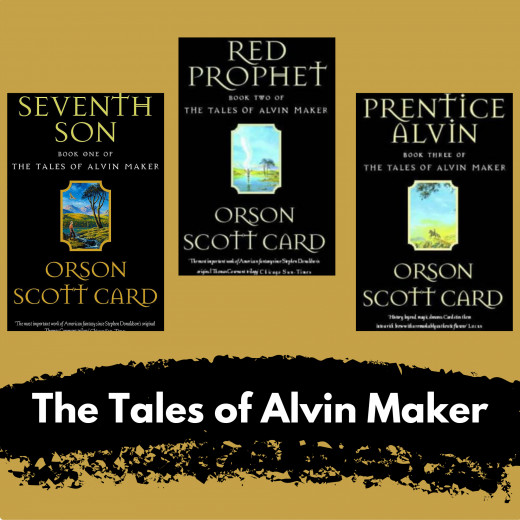
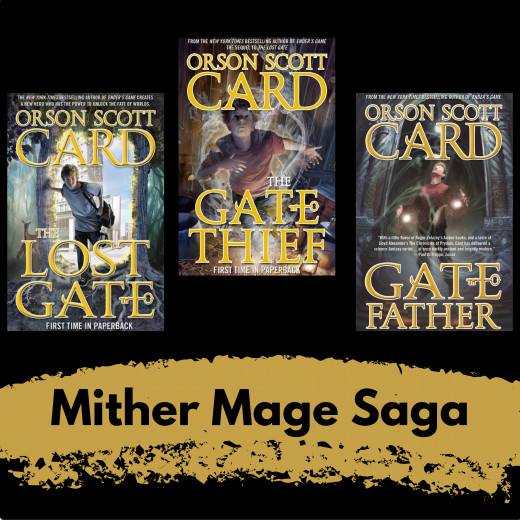
Orson Scott Card is a Hugo-award winning science fiction writer born in 1951. He has published over 100 books and published in many other formats, but his most well-known series are the Ender Saga, The Tales of Alvin Maker, and the Mithermage Saga. Card has won numerous awards for his writing.
Card has written many works that have settings or themes that are derived from the culture of the Church of Jesus Christ of Latter-day Saints, which is colloquially known as Mormonism. Card's early writing career included publications in the official magazines of the Church, and he worked as an editor of the Ensign magazine, a general interest religious magazine for adults published by the Church.
Some of Card's most famous titles include:
- Ender's Game (1985, Ender Saga)
- Speaker for the Dead (1986, Ender Saga)
- Xenocide (1991, Ender Saga)
- Ender's Shadow (1996, Ender Saga)
- Seventh Son (1987, Alvin Maker)
- Red Prophet (1988, Alvin Maker)
- Prentice Alvin (1989, Alvin Maker)
- Alvin Journeyman (1995, Alvin Maker)
- The Lost Gate (2011, The Mithermage Saga)
- The Gate Thief (2013, The Mithermage Saga)
- Gatefather (2015, The Mithermage Saga)
© 2010 Carolyn Augustine
